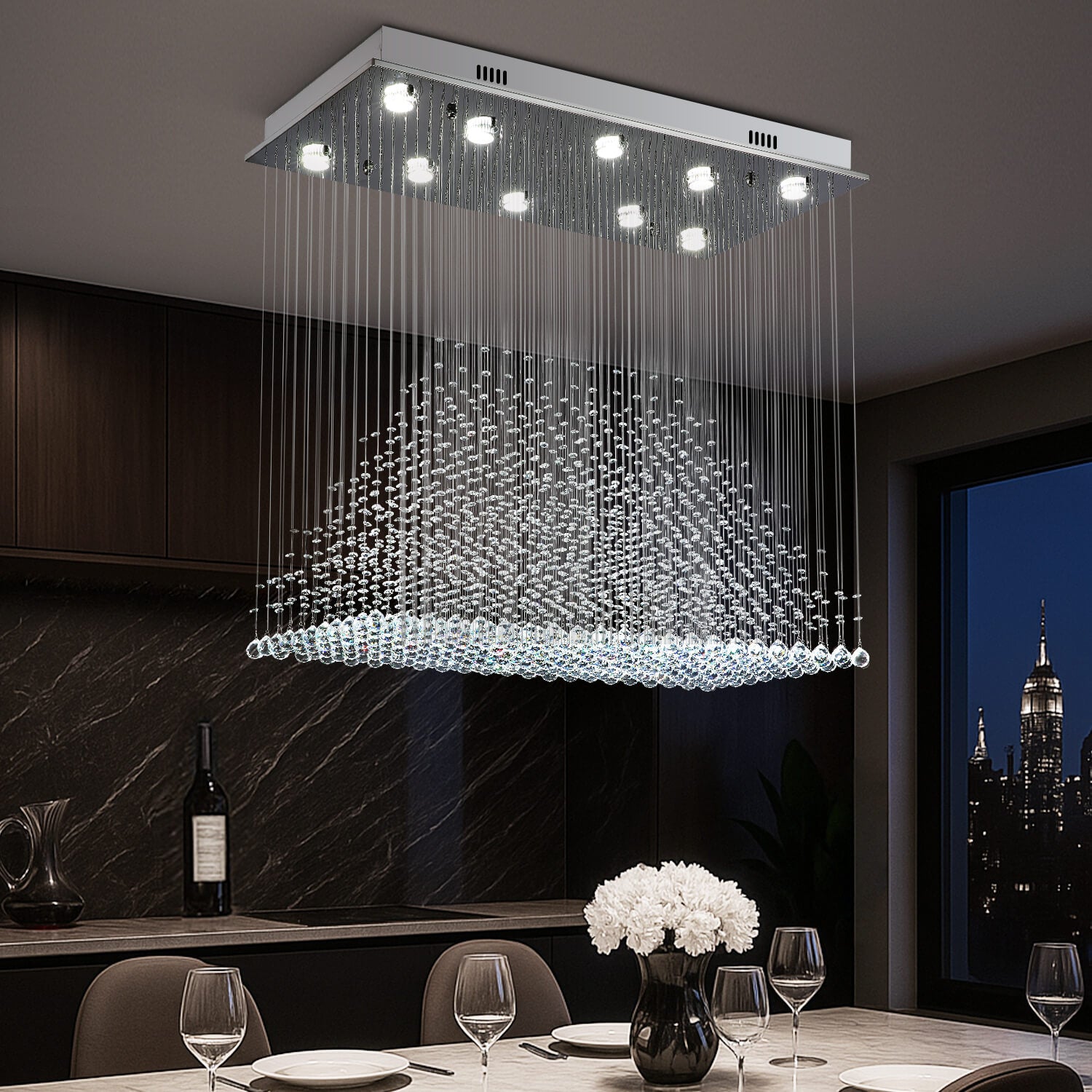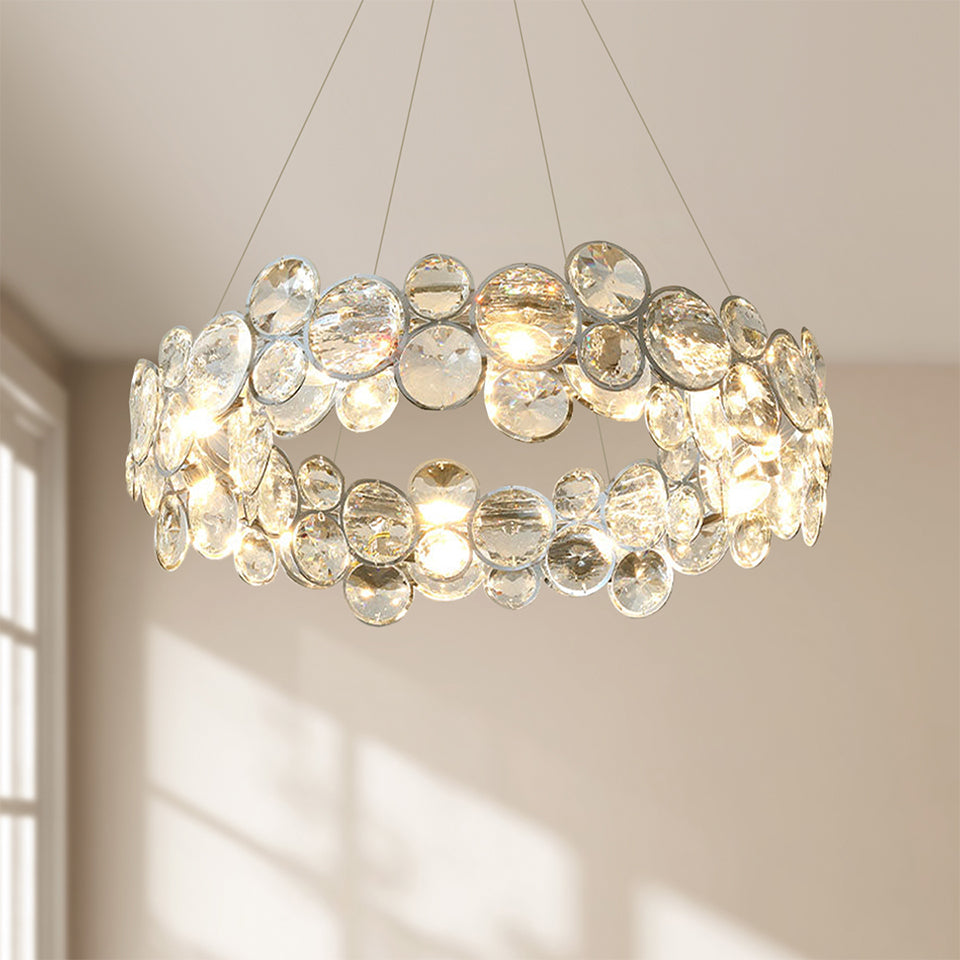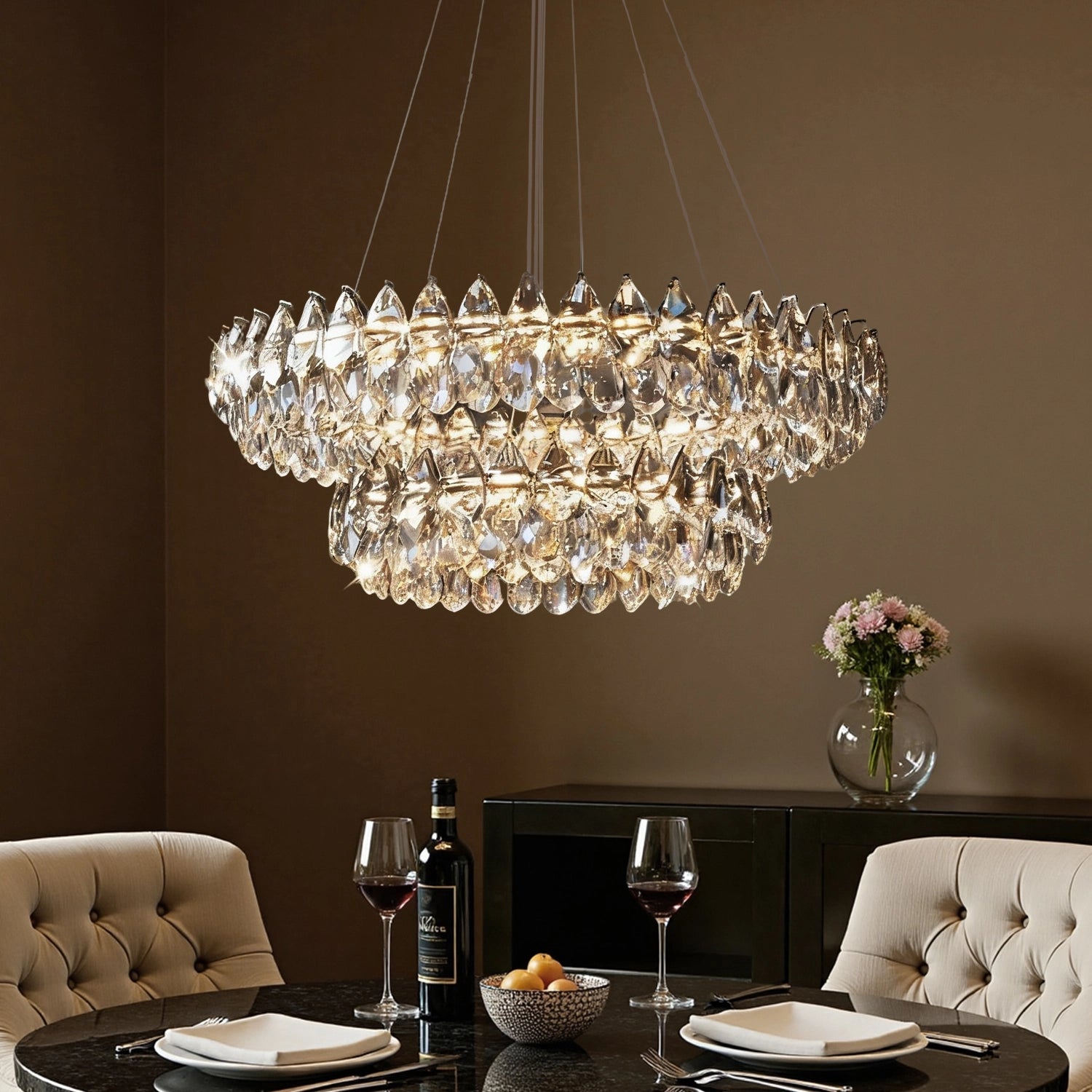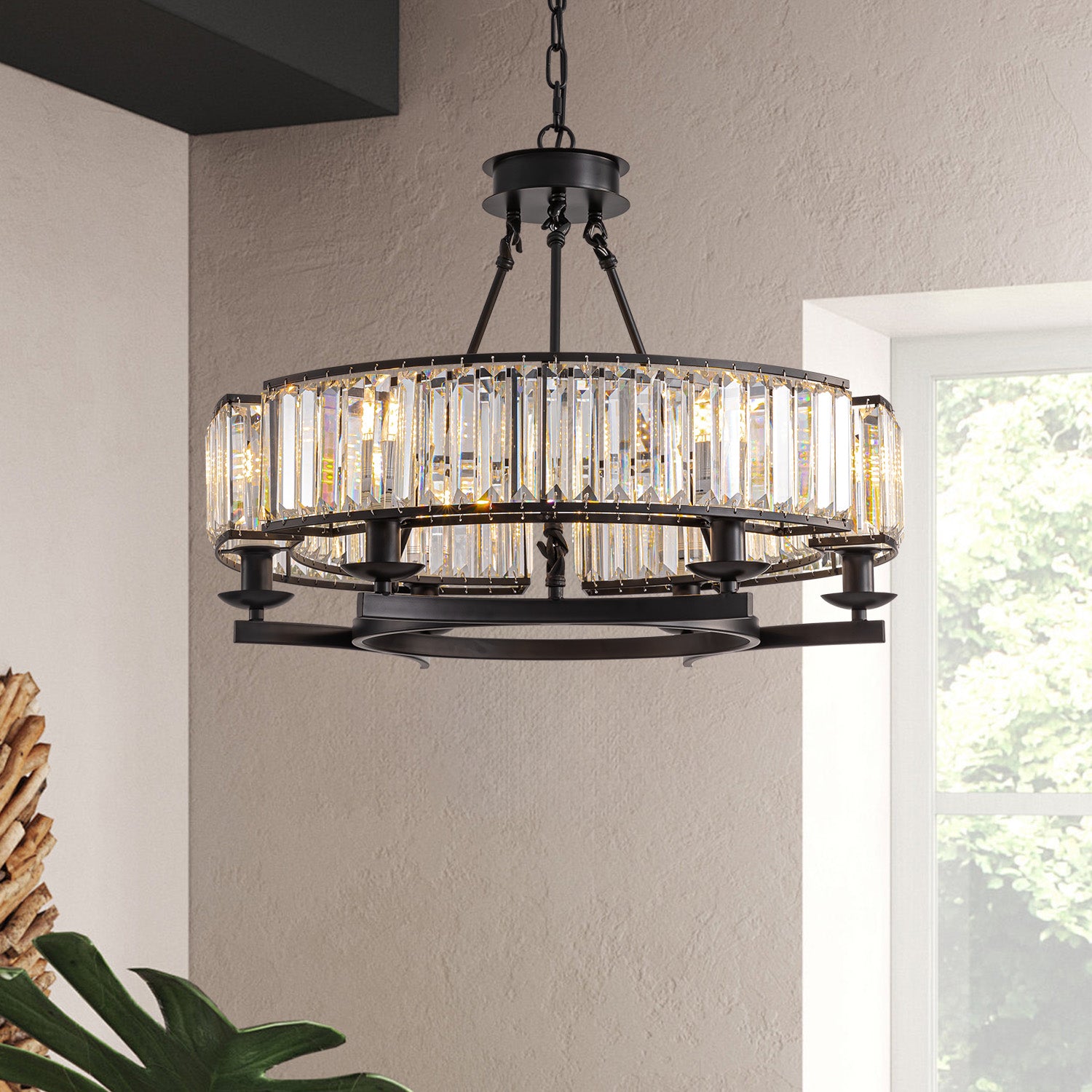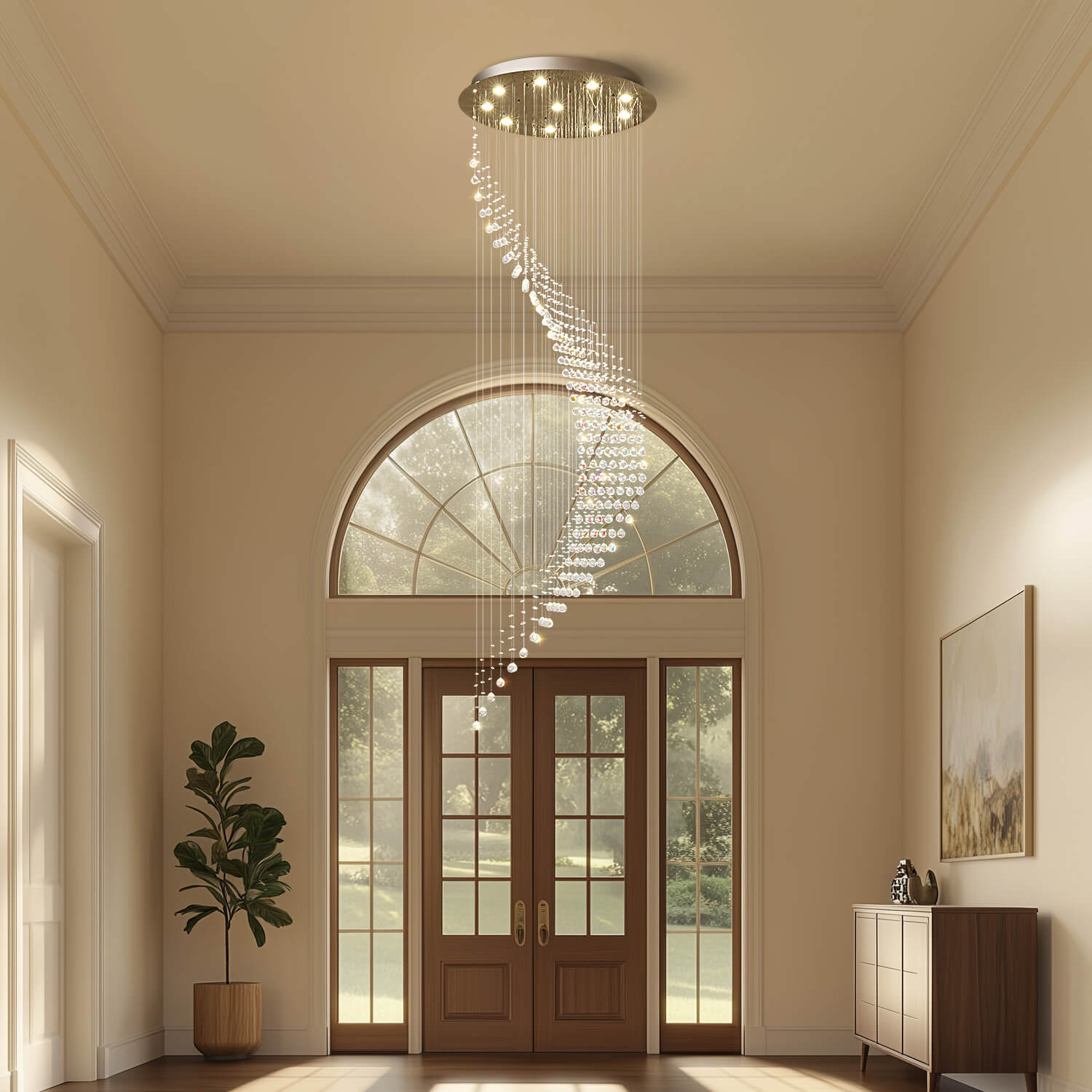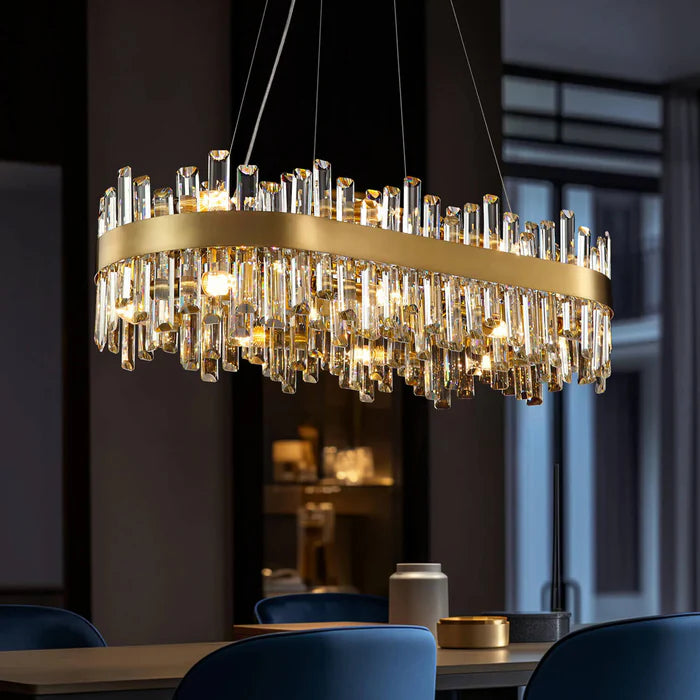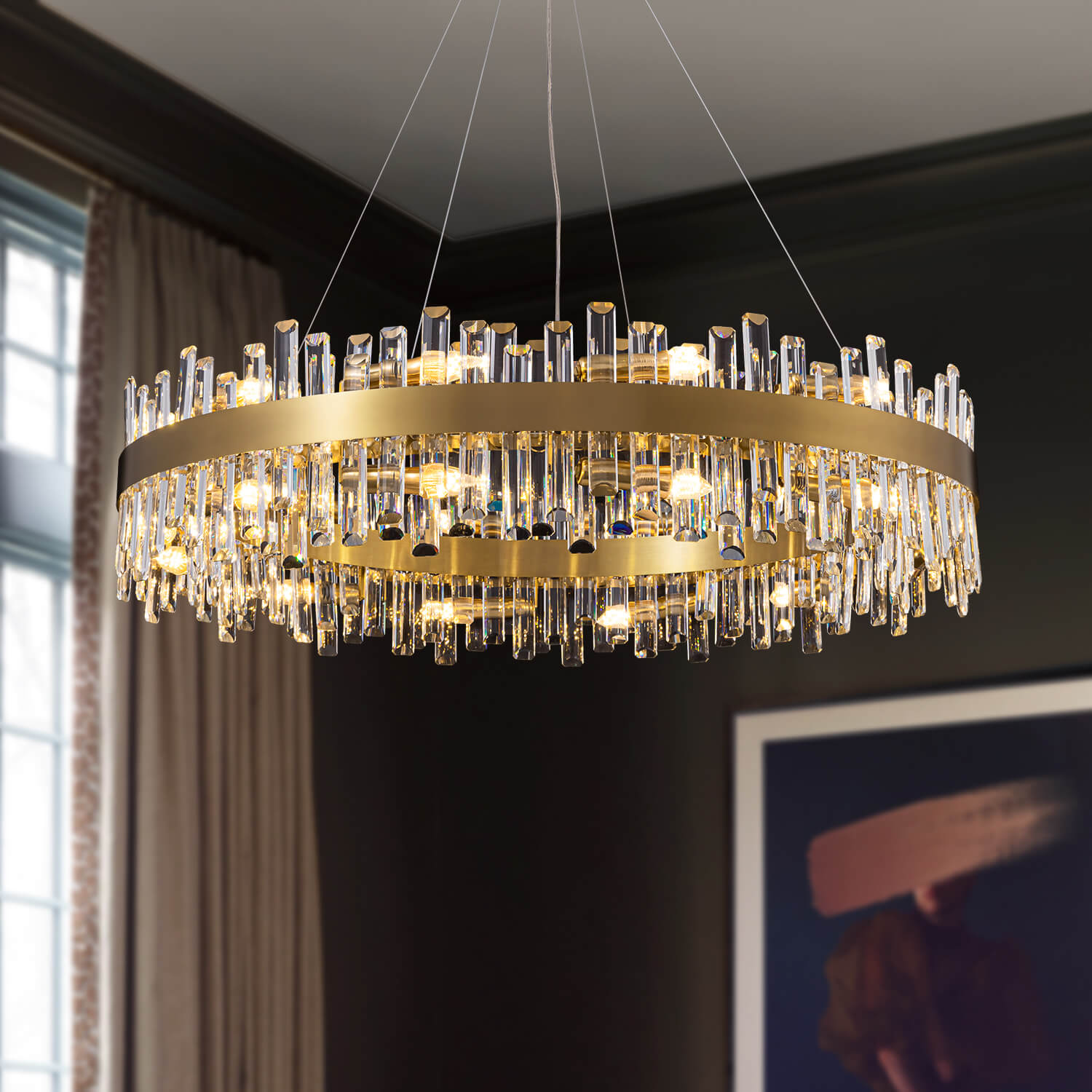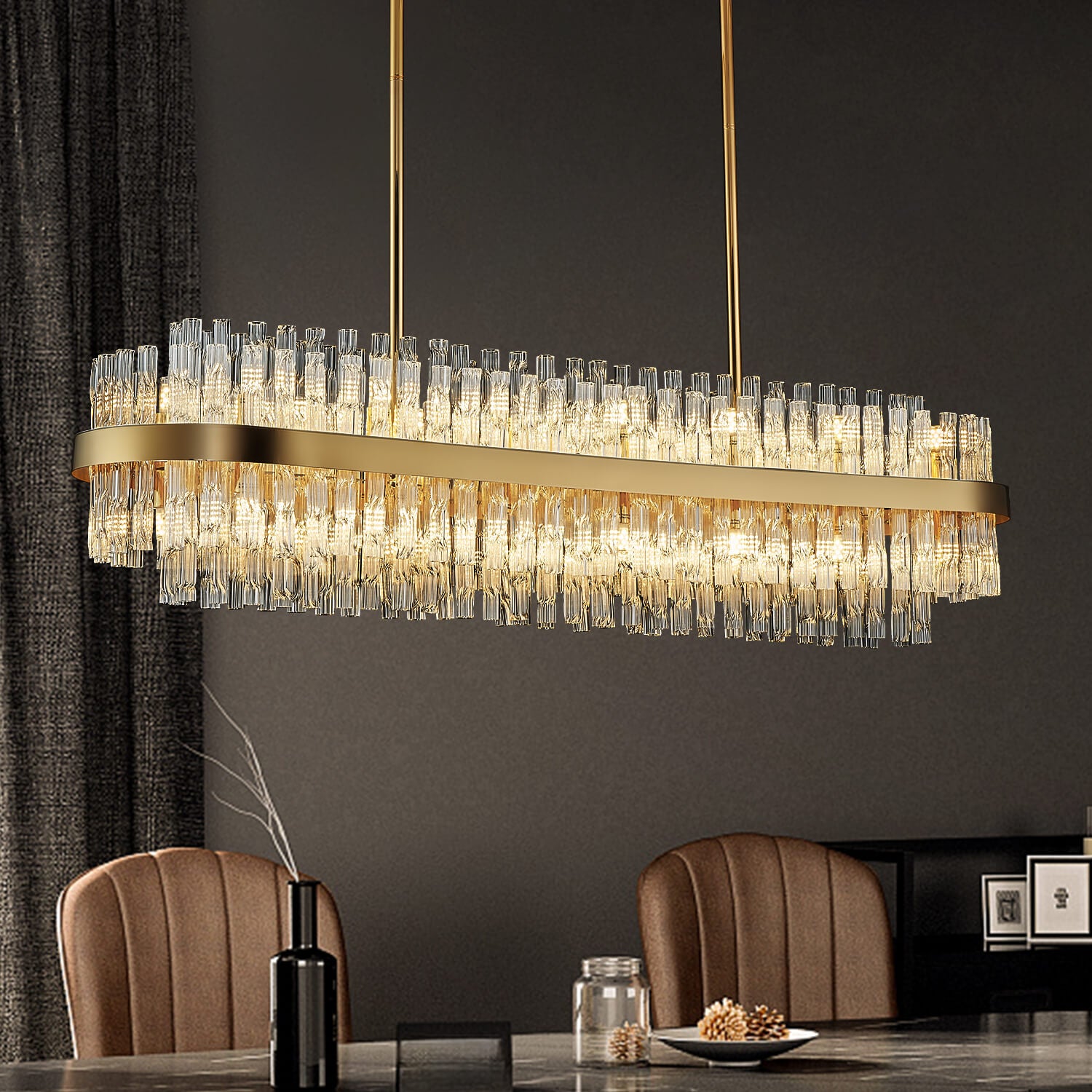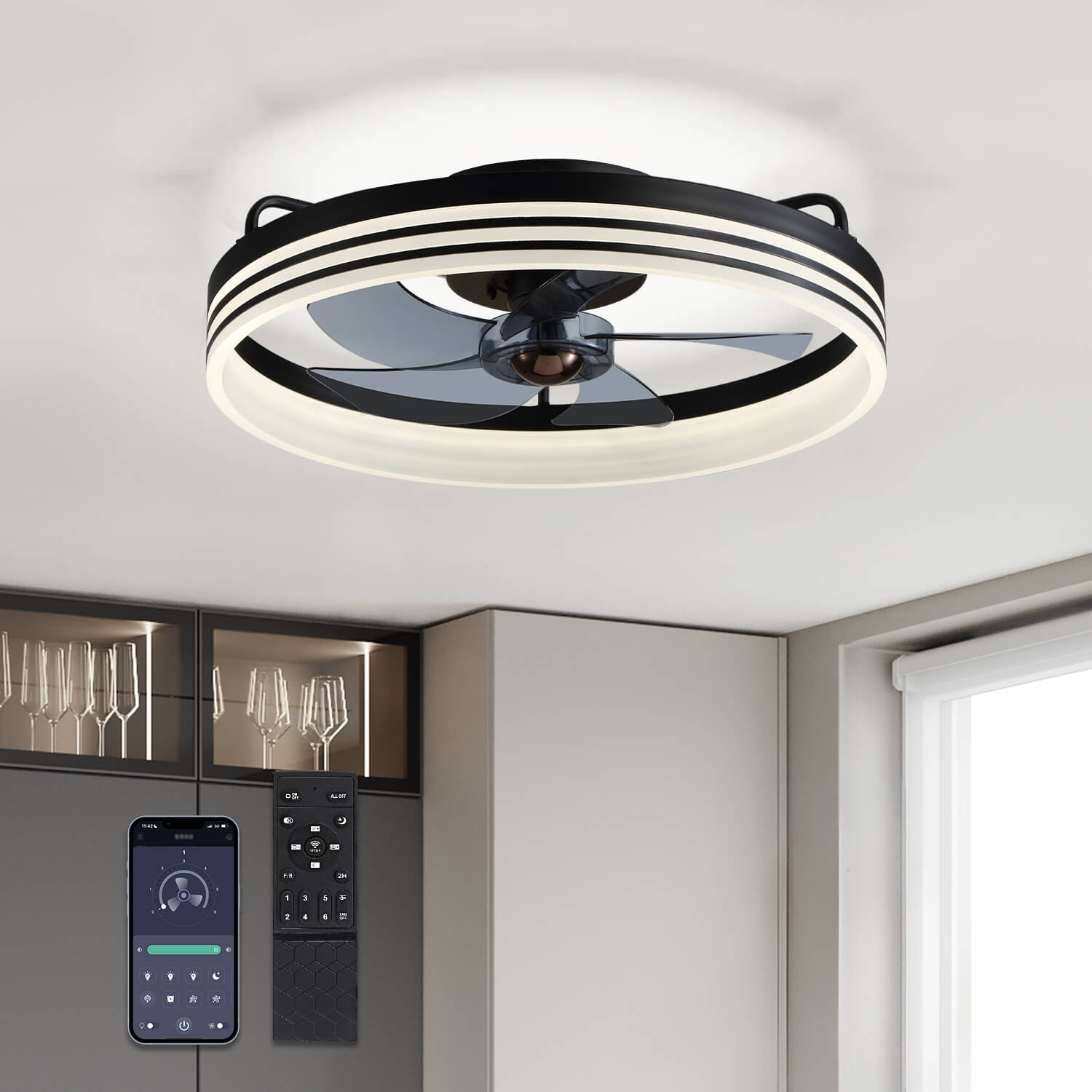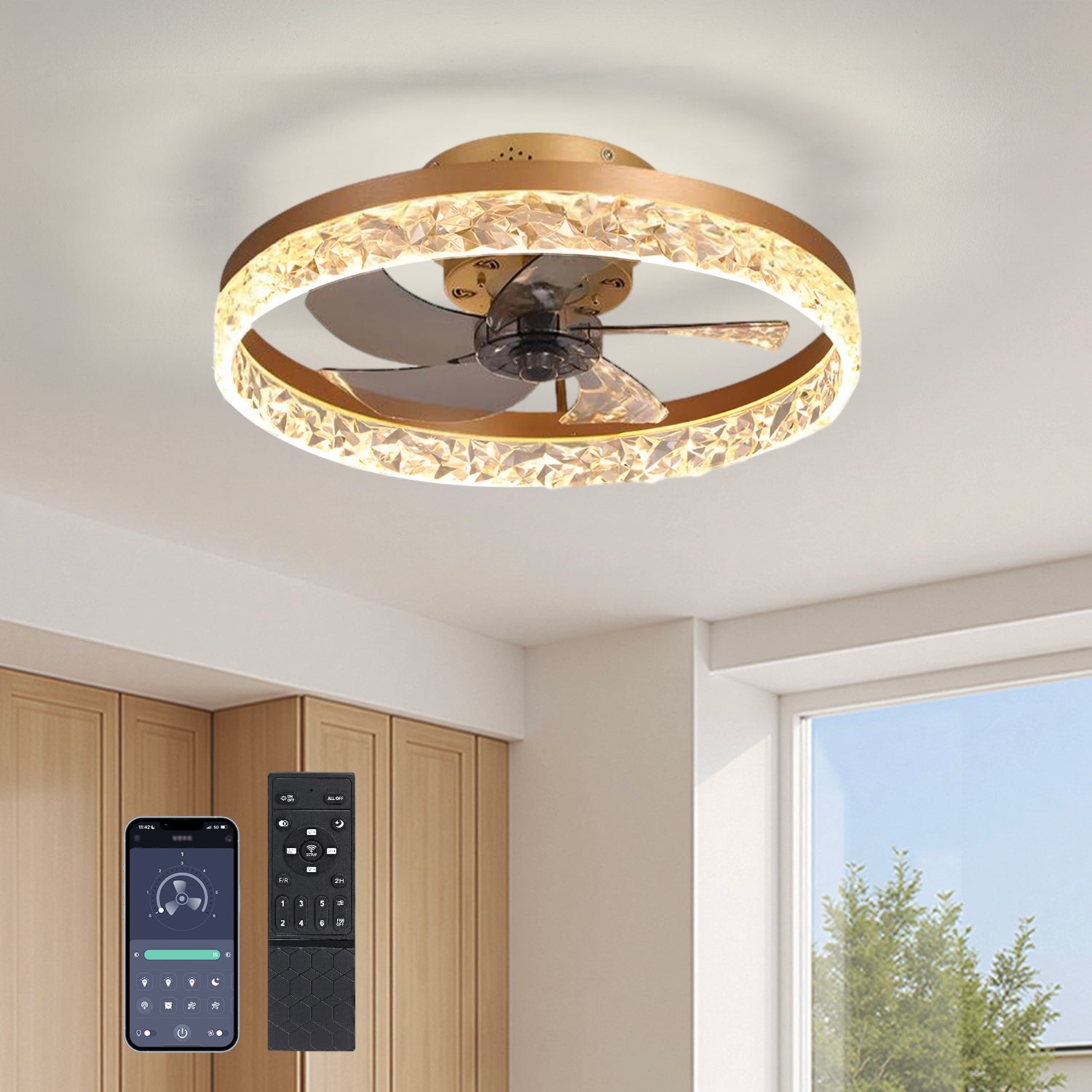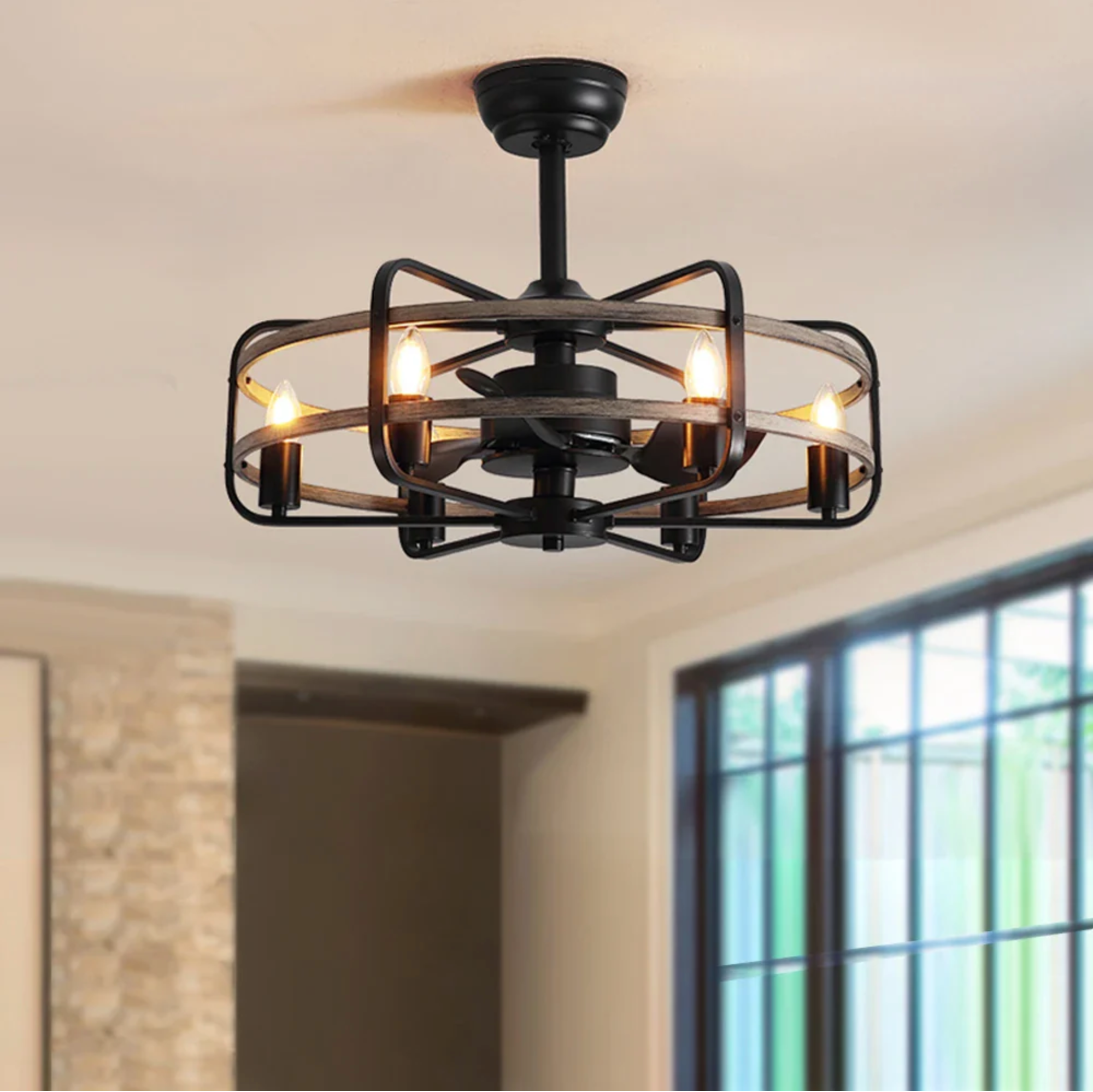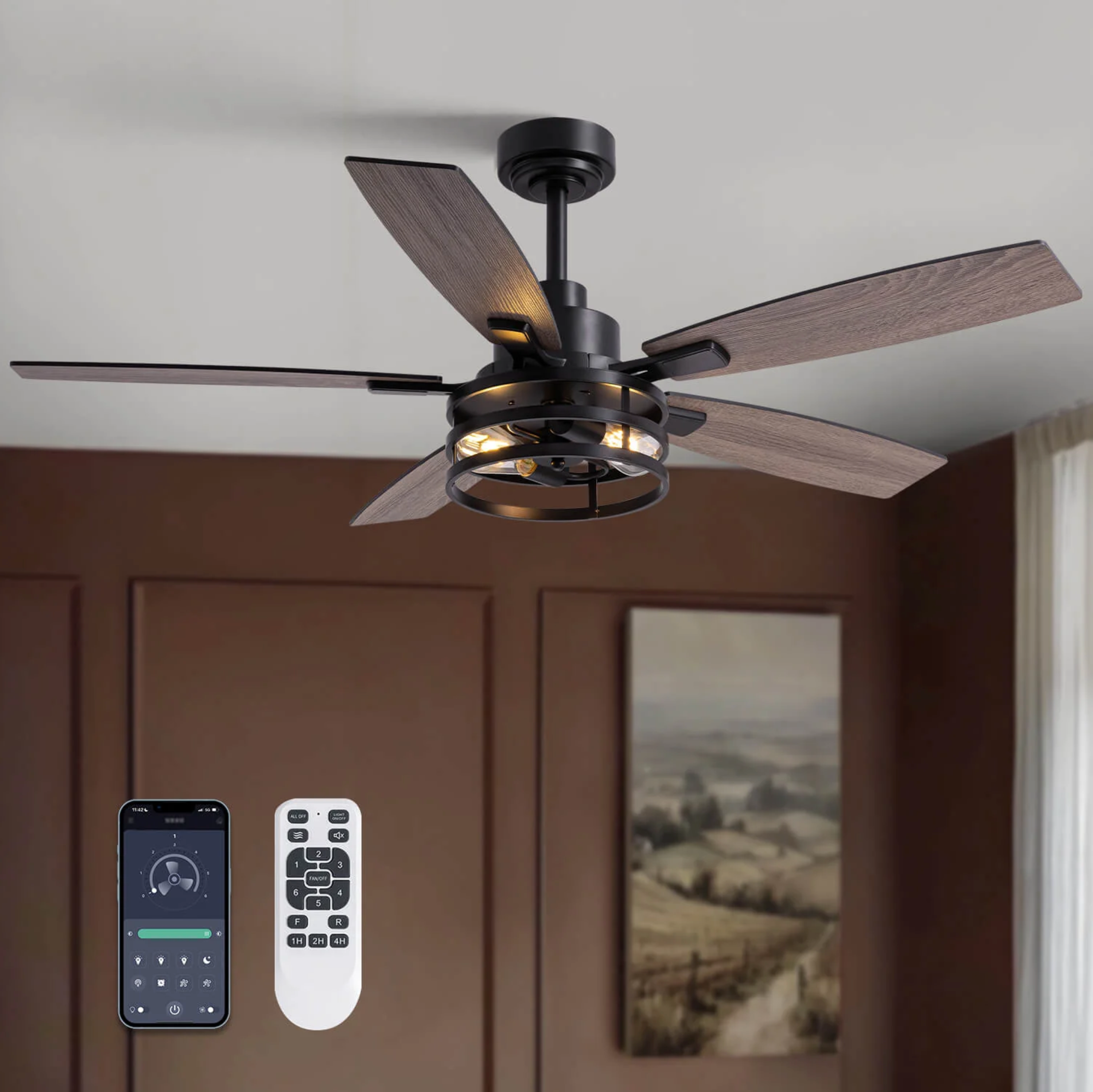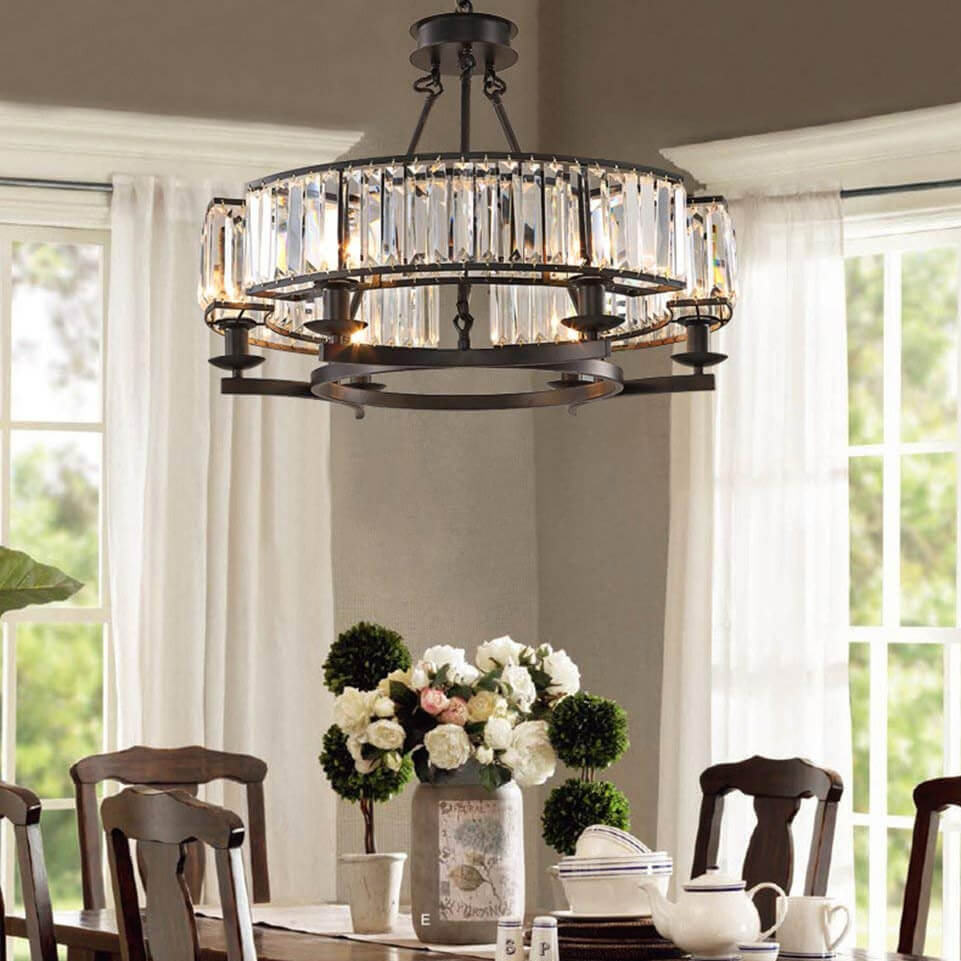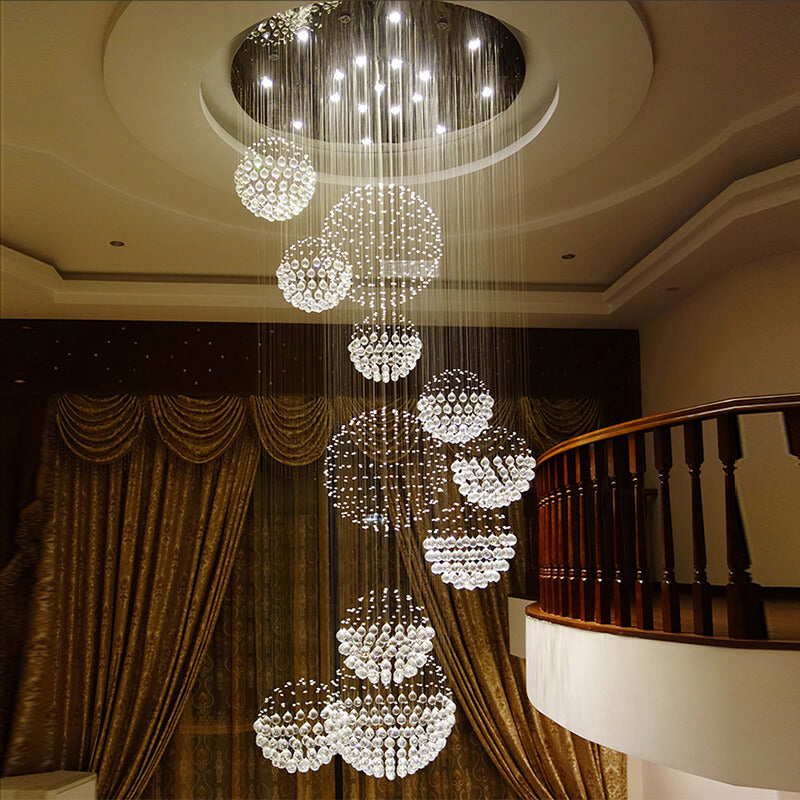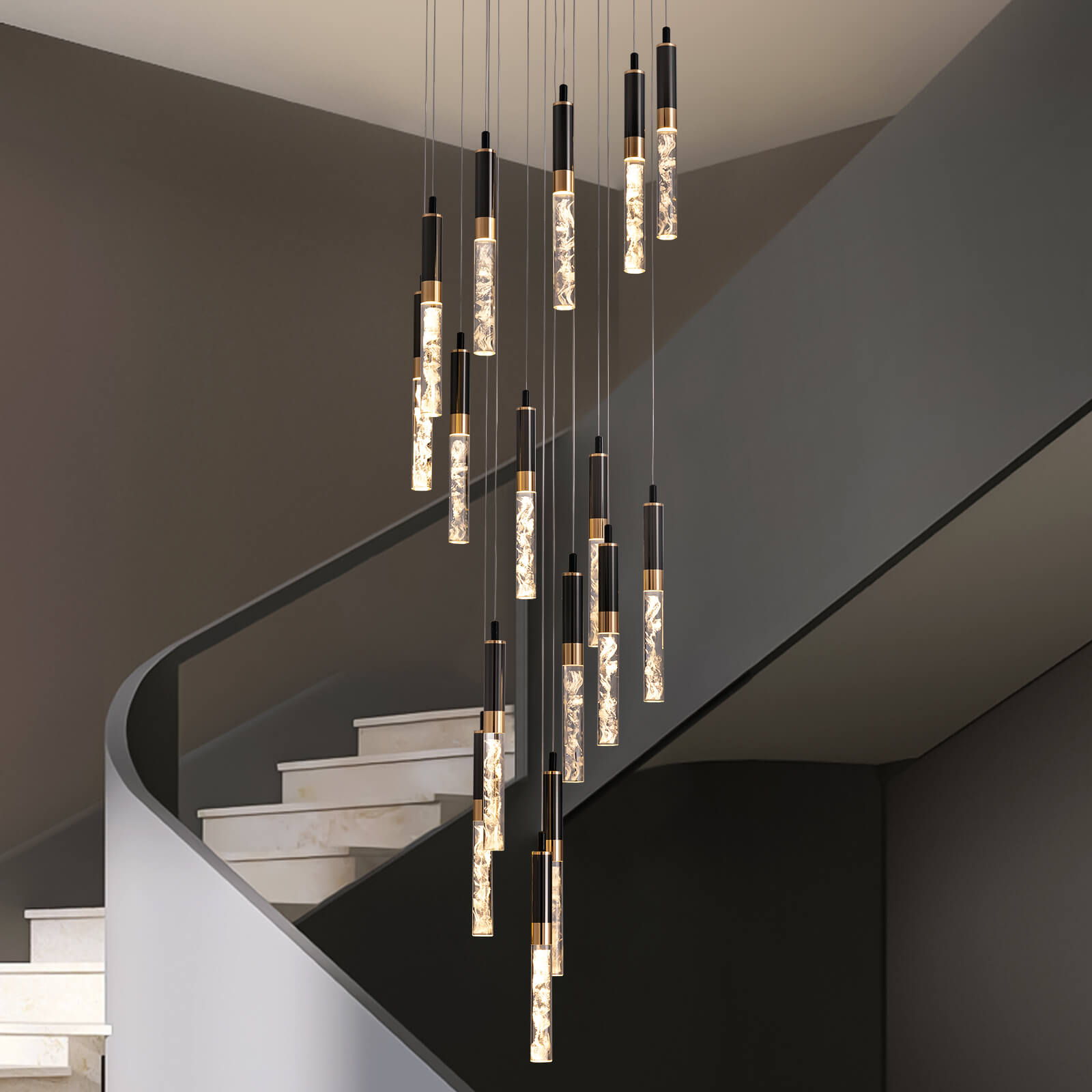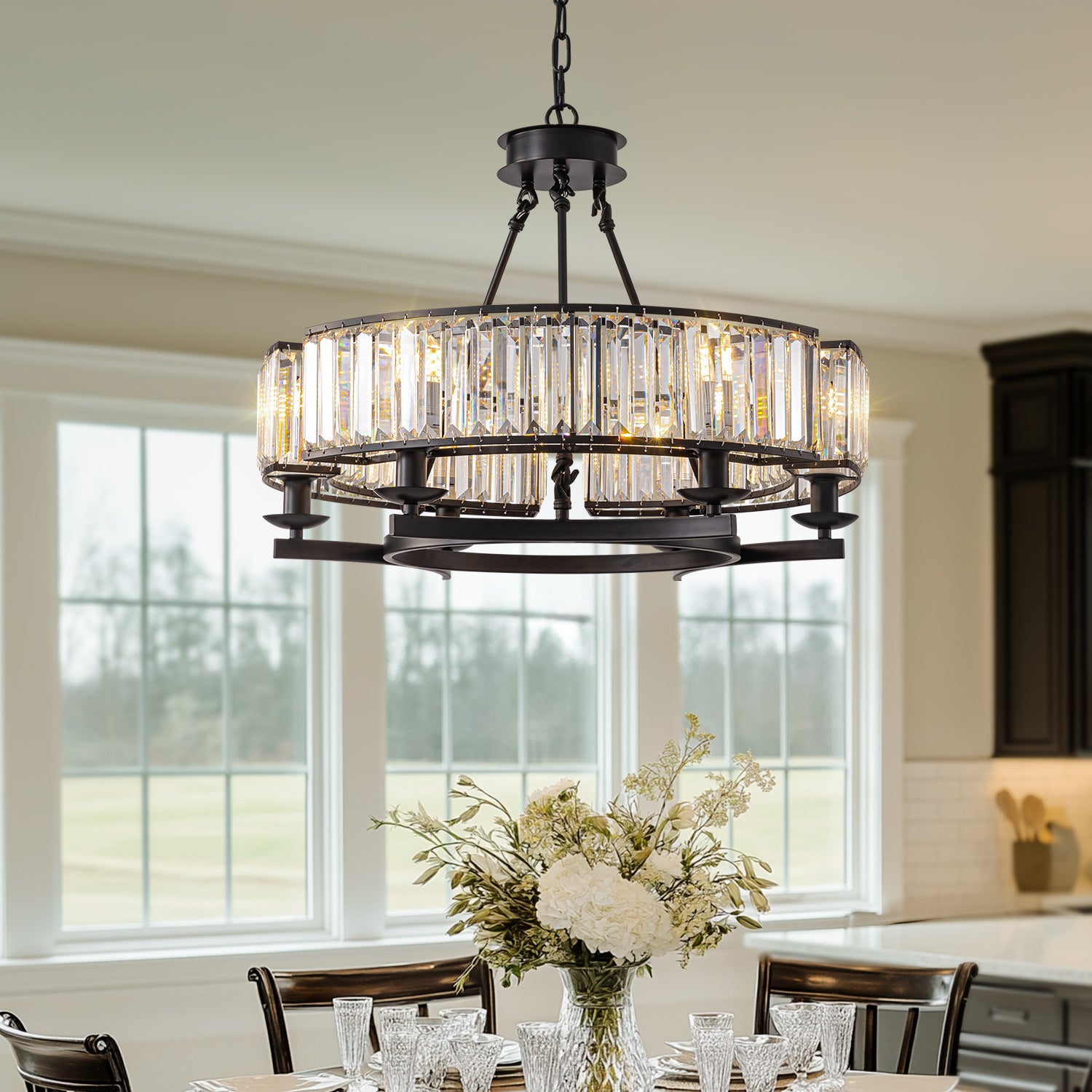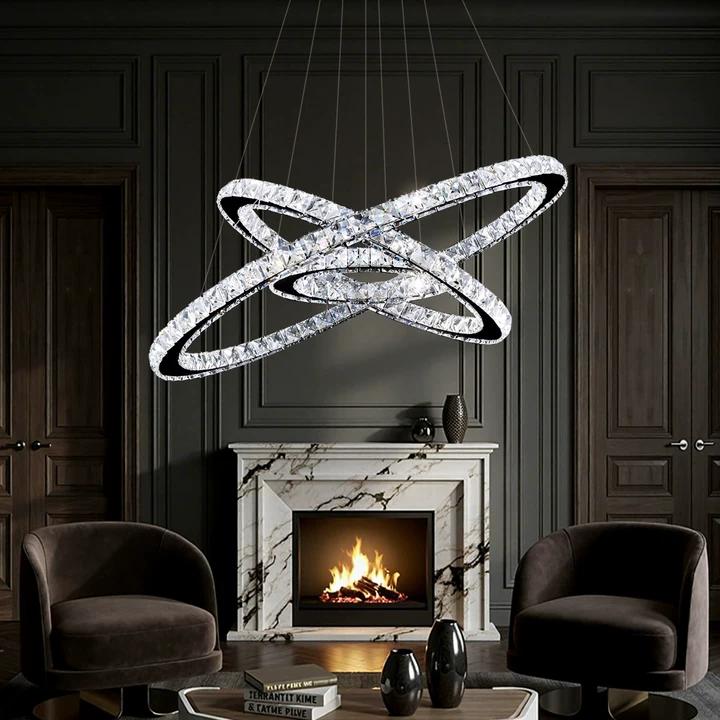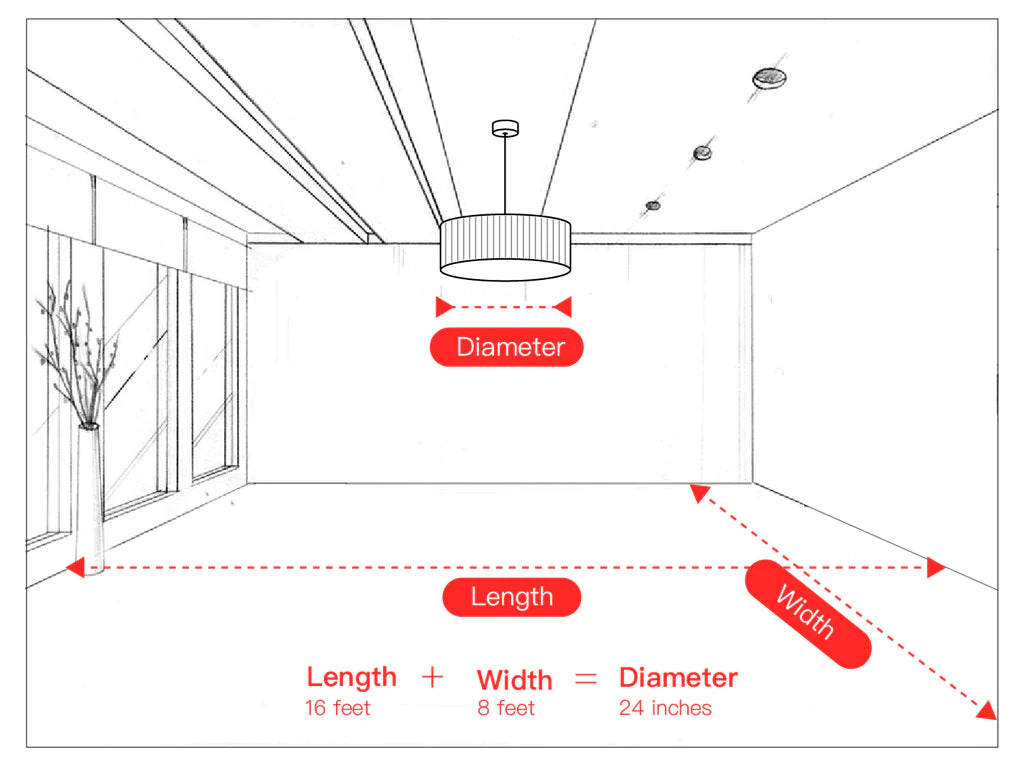How to Save on Electric Bills with Chandelier Ceiling Fans
Electric bills are skyrocketing these days! But did you know that chandelier ceiling fans are a good solution for saving on your home energy bills?
Sometimes referred to as “fandeliers,” the benefits of these charming ceiling fans with lights go beyond just the aesthetics. Besides adding an extra touch of elegance to your living room, bedroom, or patio, they also provide ambient cooling and heating to save on your power costs!
A chandelier ceiling fan can cut your home cooling expenses by over 14% and reduce heating costs by as much as 10%. In addition, there is a wide range of designs available, so choosing one that will blend into your design concept won’t be much of a problem.
Naturally, you’ll have this question: Why and how can chandelier ceiling fans reduce energy bills? Read on to find the answer.
How chandelier ceiling fans save energy during the summer and winter
Knowing how chandelier ceiling fans work in the summer and winter is essential in understanding how they can save you money on energy bills. It all boils down to the science of thermodynamics—hot air rises while cold air sinks.
How chandelier ceiling fans work in the summer
In summer, the chandelier ceiling fan does not merely cool the air around it; rather, it moves in a forward or counterclockwise direction to force cool air downwards. This can create a wind chill effect that makes your living space cooler.
To get the best results, you can turn on the chandelier ceiling fan for a few hours instead of using the air conditioner all day. Alternatively, you can use air conditioning and the chandelier ceiling fan together when it really gets hot. Just remember to turn your thermostat up by a few degrees, so your air conditioner doesn't bear the brunt of all the cooling.
According to the Department of Energy, you can save 1% in energy costs for every single degree of cooling you can do without. So, adjusting thermostat settings by 7-10 degrees for eight hours each day, for example, will translate to around 10% in energy savings per year.
How chandelier ceiling fans work during the winter
During winter, the warm air generated by your heating system naturally rises to the ceiling while cooler air sinks. You can reverse the chandelier ceiling fan direction and gently make it run clockwise at a low speed. That way, your fan can push the warm air back down and circulate it around the room.
How does this save energy? Like you do in the summer with your air conditioner, you can turn the temperature of your heating system down a few notches and still get the warmth you need. Meanwhile, your heating costs will drop with a little extra help from your chandelier ceiling fan.

How to maximize energy savings with your chandelier ceiling fan
Saving on your energy bills isn't simply a matter of buying the first chandelier ceiling fan that fancies your taste. You must also choose the right type of fan, hang it properly from your ceiling, and set it up for optimum performance.
1. Choose the right fan
Make sure your chandelier ceiling fan is appropriately sized. Otherwise, it cannot generate the desired airflow to cool or warm up your space during the summer and winter. Choosing the right-sized ceiling fan also matters when it comes to energy savings.
Before heading off to purchase your new chandelier ceiling fan, your first need to measure the area where you plan to install one. Here is a simple formula to get the square footage of any space:
Length (in feet) x Width (in feet) = Area (in square feet)
If your room has an irregular shape, a special square footage calculator can help.
Based on your room's square footage, you can now determine what blade span you need. The blade span is the entire width of the fan and its blades. Here's a handy guide to help you choose the size of your chandelier ceiling fan based on your room size:

Let's say your living room is 15 feet long and 12 feet wide. Your square footage is 180 square feet, meaning you will need a chandelier ceiling fan between 44 and 52 inches in diameter. It is also important to leave 18 inches between the tip of each blade and any wall for maximum efficiency.

To maximize your savings, make sure you select chandelier ceiling fans with energy-efficient motors. Sofary offers many chandelier ceiling fan options with energy-saving motors; you may have a look at them here.
You can also check out this blog post for more information on how to choose the right chandelier ceiling fan.
2. Hang the fan in the right position
You'll also need to consider the placement of the chandelier ceiling fan to achieve the perfect airflow. The bottom of the chandelier ceiling fan should be at least seven feet from the floor.
Aim for closer to ten feet for taller ceilings, and install the chandelier ceiling fan with an extension rod to lower the fan's height.
For sloped ceilings, buy a special mounting kit or an adapter. Make sure to get the correct ceiling height by measuring directly from the area of the slope where you intend to hang the chandelier fan.

A chandelier ceiling fan might not be the best choice if your living room ceiling is just around eight or nine feet high. Opt for a low-profile fan that mounts up against the ceiling instead.
3. Set the correct fan direction and speed
Lastly, you need to set the fan to spin at the proper speed and right direction. Remember, the chandelier ceiling fan needs to run counterclockwise in the summer and clockwise in the winter for maximum efficiency and to save on energy bills.
It's a good thing most chandelier ceiling fans these days are reversible. A switch on the motor housing enables you to change the blade movement from counterclockwise (which is the standard setting) to clockwise and vice versa.
It would help if you also considered the fan's running speed. Run the ceiling fan at medium or high speed during summer to generate better air circulation and cooling. Setting the thermostat higher on your AC unit when using it with a chandelier ceiling fan will also save energy costs.
During winter, run the fan at a low speed to circulate air while reducing the actual feel of air movement in the room. This technique should work in all types of spaces, but it works best in rooms with vaulted or tall ceilings where people are separated further from the warm air collecting at the top.
Always set your heater a few degrees lower when using your chandelier ceiling fan. That will translate to more significant energy savings.
A handheld remote control is a convenient feature to help you easily control chandelier ceiling fan direction and speed. Here at Sofary, we offer different styles of reversible chandelier ceiling fans with remote control functions.
Conclusion
Chandelier ceiling fans are a good option if you’re looking for added comfort in your living room, bedroom, or any other living space without breaking the bank. With the wide range of designs available, these charming light fixtures can easily add a touch of elegance to your home without the extra cost.
We hope this article has given you a better understanding of how you can save on electric bills with chandelier ceiling fans. Just follow the tips we’ve mentioned when buying, installing, and operating your chandelier ceiling fan to get the most out of it. Feel free to check out other energy saving ideas here.







